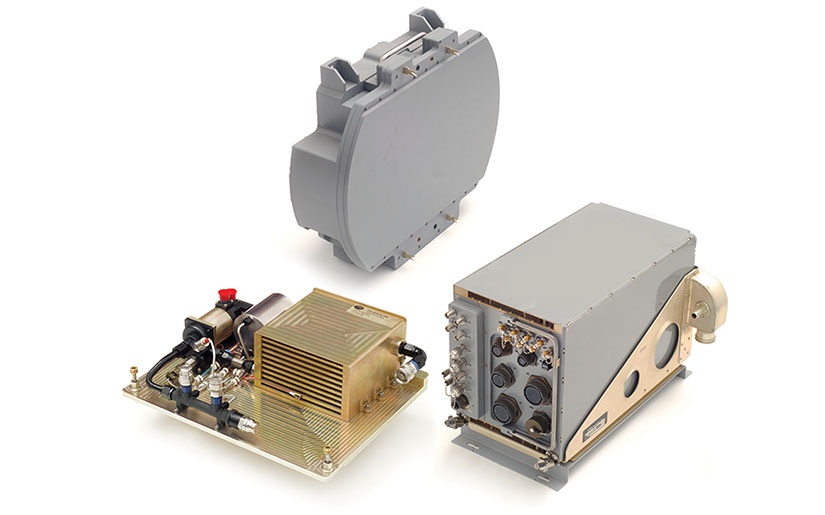SOURCE: AFI


Hindustan Aeronautics Limited (HAL) has recently provided insights into the delays surrounding the handover of the first Tejas Mk1A fighter jet to the Indian Air Force (IAF). Although the jet achieved its maiden flight in March 2025, HAL has yet to deliver it, citing complex integration and testing requirements for the ELTA ELM-2052 Active Electronically Scanned Array (AESA) radar developed by Israel’s ELTA Systems. In addition, last-minute software configuration changes requested by the IAF have contributed to the delay, as rigorous testing is required to ensure the aircraft meets the IAF’s updated operational standards.
The ELM-2052 AESA radar is a pivotal upgrade for the Tejas Mk1A, offering enhanced target tracking, superior situational awareness, and better overall performance compared to the previous radar system. Integration of this advanced radar, however, has proven to be a meticulous and time-intensive process, particularly because it involves collaboration with a specialized team from Israel’s ELTA Systems, who are overseeing its implementation on the Tejas Mk1A.
Reasons for delay in integration include:
Reliability Checks: HAL and the ELTA team are conducting reliability and durability tests to ensure the radar’s performance under various operational conditions, an essential requirement before handing the aircraft over to the IAF.
Complex Testing Requirements: The AESA radar integration requires extensive testing to ensure it functions optimally with the aircraft’s avionics and weapons systems. This includes multiple checks for seamless operation across diverse combat scenarios.
Compatibility with Indian Systems: The ELM-2052 radar must be compatible not only with the Tejas’s existing avionics but also with other indigenous systems on the Mk1A, requiring customized modifications.
Another major factor contributing to the delay is the IAF’s demand for changes in the Tejas Mk1A’s software configuration, originally scheduled for future production batches. The requested software updates aim to improve certain operational capabilities, likely enhancing the Mk1A’s electronic warfare and mission planning functions, which are critical to modern combat operations.
Key impacts of software changes:
Pilot Training and Familiarization: Modifications in the software may require updates to pilot training and aircraft manuals, as well as adjustments in IAF operational procedures, necessitating HAL’s involvement in training the IAF personnel on these changes.
Additional Testing Time: Since the new software configuration affects numerous systems, extensive testing is required to validate its functionality and ensure it does not interfere with other aircraft components.
Despite the delays, HAL has reiterated its commitment to quality and safety in the development of the Tejas Mk1A. The additional testing being carried out is intended to ensure the jet’s performance aligns with IAF expectations, particularly given the complexities introduced by the AESA radar integration and software changes.